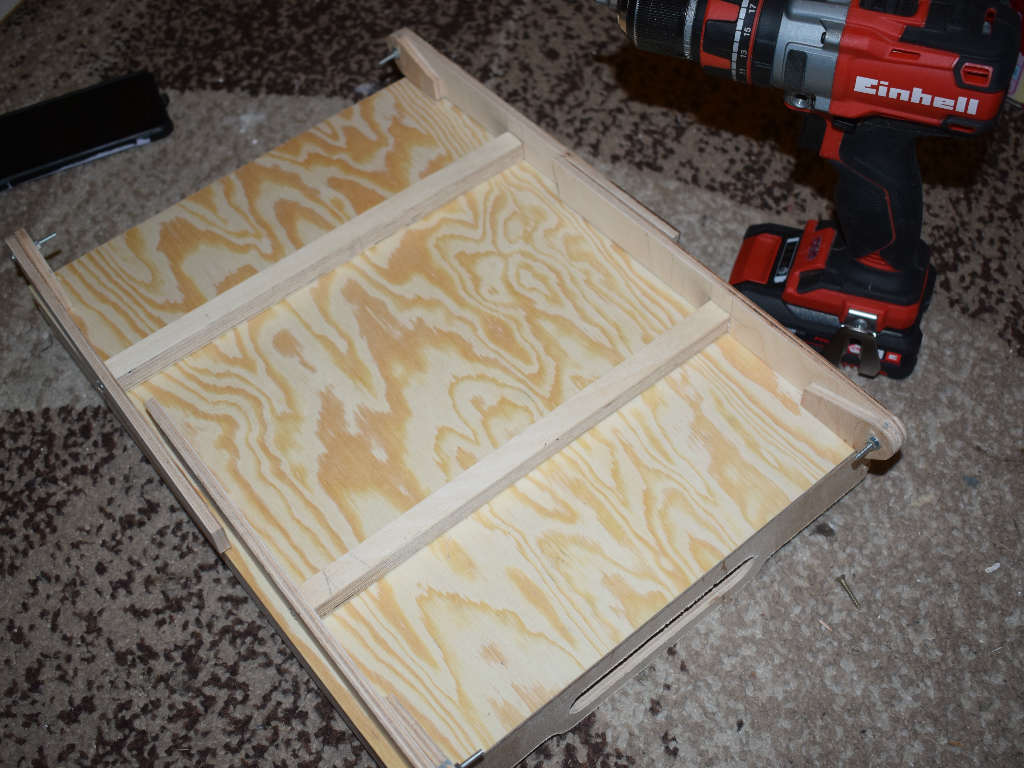Decoding Scaffolding: A Comprehensive Manual to Its Significance in Construction

Scaffolding, a transitory structure meticulously erected for worker and material support during construction, maintenance, or repairs, holds an irreplaceable role in the construction realm. This piece explores its pivotal function in establishing safe and reliable working platforms at different elevations, enabling access to challenging areas and ensuring job site efficiency and safety.
Butterfly valve wafer vs lug refers to the different methods of connecting these valves to a pipeline. Wafer-style butterfly valves are designed to fit between two pipeline flanges without the need for additional bolts. They are compact, lightweight, and suitable for low-pressure applications with limited space. In contrast, lug-style butterfly valves have threaded lugs on the valve body, allowing them to be bolted directly to the pipeline flanges. This design provides more stability and strength, making lug-style valves preferable for high-pressure applications and situations requiring frequent maintenance. Choosing between wafer and lug styles depends on factors such as space limitations, pressure requirements, and ease of installation.
Exploring Scaffolding Varieties and Their Applications
Several scaffolding varieties cater to distinct construction needs:
- Supported Scaffolding: A classic choice with vertical and horizontal tubes, widely adopted in construction projects.
- Suspended Scaffolding: Dangles from overhead structures, perfect for tasks like window washing and exterior repairs.
- Mobile Scaffolding: Equipped with wheels for easy movement and swift relocation across the job site.
- Cantilever Scaffolding: Supported by needles and projections, apt for upper floor construction activities.
- Trestle Scaffolding: A self-supporting structure with horizontal crosspieces, frequently used for interior work.
Prioritizing Safety Protocols in Scaffolding Operations
Safety takes precedence in scaffolding operations. Essential safety measures include:
- Comprehensive Training: Workers must undergo training in scaffolding erection, use, and dismantling.
- Routine Inspections: Regularly inspect scaffolding components for signs of damage or wear.
- Stable Foundations: Ensure a solid and level foundation to prevent scaffold instability.
- Guardrails and Toeboards: Install guardrails and toeboards to prevent falls and safeguard workers on elevated platforms.
- Personal Protective Equipment (PPE): Workers should don appropriate PPE such as helmets, harnesses, and non-slip footwear.
The Role of Geotextile in Scaffolding Applications
Geotextile, a synthetic material with robust filtration and separation properties, plays a crucial role in scaffolding applications. When used as a protective layer between the scaffold and the ground, geotextile prevents soil erosion and enhances structure stability. Its permeable nature facilitates water drainage, reducing the risk of water accumulation around the scaffold base.
To conclude, scaffolding stands as a pillar in the construction industry, providing a secure and efficient means for workers to access elevated areas. A grasp of various types, strict adherence to safety measures, and integration of materials like geotextile collectively contribute to the success and stability of construction projects.
The balancing valve working principle involves regulating the flow of water or fluid in a system to ensure equal distribution to different branches or zones. By adjusting the valve’s position, the flow rate can be controlled to achieve the desired balance between different circuits. Balancing valves typically contain a flow restrictor or adjustable element that can be modified to achieve the required flow rates. This ensures that each part of the system receives the correct amount of fluid, optimizing performance, efficiency, and comfort. Proper balancing valve operation is essential for maintaining system functionality and preventing issues such as uneven heating or cooling in HVAC systems.
Tags: how to craft a scaffolding, osha scaffolding regulation, scaffolding installation, scaffolding teaching strategy, scaffolding work